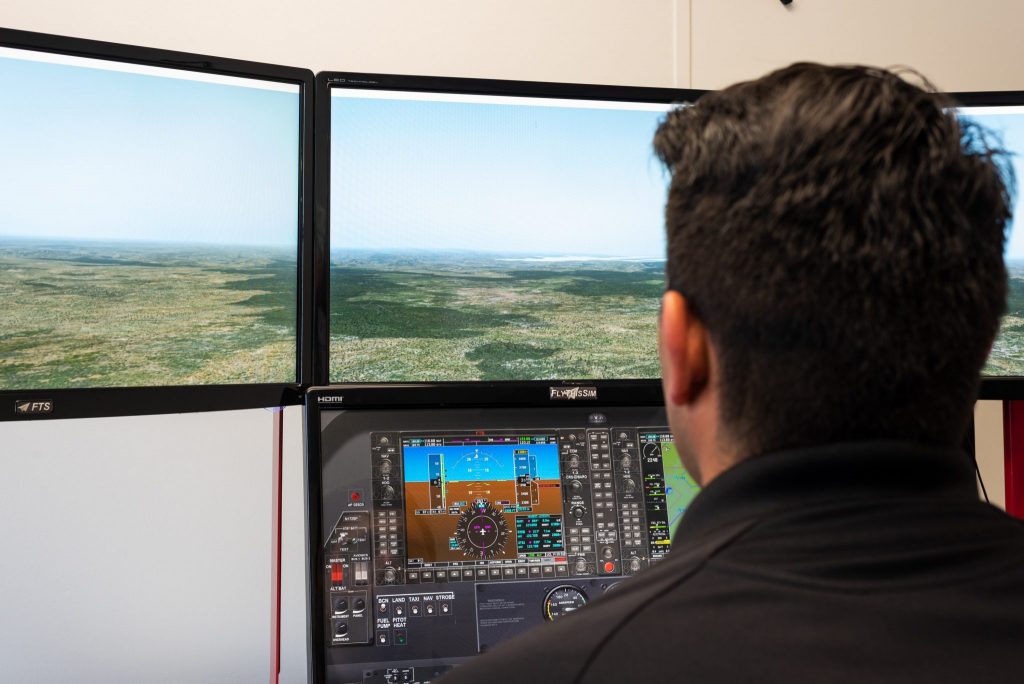Flight School Owned by a Retired Marine Is On a Mission to Help End the Pilot Shortage

Skift Take
As the travel recovery looks to ramp up for summer travel, a pilot shortage isn't helping any. The time to invest in pilots is at the pilot training level by making it easier to get loans, financing, and scholarships.
A Texas educational lending company and a California flight school are teaming up for a new initiative with the promise to make flight training more affordable and accessible and thereby help reduce pilot shortages in the United States.
The partnership between San Diego-based Coast Flight Training, a military veteran-owned flight school training future airline pilots, and Meritize, a lending company specializing in financial solutions for skills-based education and training, makes student pilots at Coast Flight Training eligible to apply for Meritize's merit-based financing based on their past military and educational experience.
"We evaluate people based not just on their credit profile, but on what they've accomplished either academically or in military service, or in some cases what they've done in terms of work history. And we take that heavily into account," said Chris Keaveney, CEO of Meritize.
Meritize, which was founded on the premise that there was a really big problem with providing people access to training that could change their lives, only works with schools in non-traditional spaces, where financial access is traditionally worse, Keaveney said.
Semper Fi
Coast Flight is owned by its CEO, Bryan W. Simmons, a retired Marine lieutenant colonel who flew helicopters in war zones, Marine One for former President George W. Bush and taught fixed wing aircraft flying at the Navy flight school in Pensacola, Florida. The school is transitioning from a small boutique flight training to a more formalized academy-type training.
Simmons said the school is able to leverage its flight training capacities and capabilities in training people through a whole spectrum of ratings in what he calls "zero to hero" into partnerships with airlines.
American Airlines partners with Coast Flight Training for its cadet academy, another program the school offers to train pilots exclusively for American. The Dallas-based airline said it remains in close contact with Coast to ensure a seamless transition from selection into the program to for its students.
While American said it has not experienced any pilot shortages, the airline emphasized the need for a larger, diverse group of well-trained students and instructors remains a priority for the flight industry.
"Although there are many flight schools that train exceptionally well, it’s important that training is done efficiently. Our flight academy partners are both efficient, safe and expeditionary
